Catalhoyuk is a tell of a very large Neolithic and Chalcolithic proto-city settlement in southern Anatolia, which existed from approximately 7500 BC to 6400 BC, and flourished around 7000 BC. In July 2012, it was inscribed as a UNESCO World Heritage Site.
Catalhoyuk is located overlooking the Konya Plain, southeast of the present-day city of Konya (ancient Iconium) in Turkey, approximately 140 km (87 mi) from the twin-coned volcano of Mount Hasan. The eastern settlement forms a mound that would have risen about 20 m (66 ft) above the plain at the time of the latest Neolithic occupation. There is also a smaller settlement mound to the west and a Byzantine settlement a few hundred meters to the east. The prehistoric mound settlements were abandoned before the Bronze Age. A channel of the Çarşamba River once flowed between the two mounds, and the settlement was built on alluvial clay which may have been favorable for early agriculture.
The site was first excavated by James Mellaart in 1958. He later led a team which further excavated there for four seasons between 1961 and 1965. These excavations revealed this section of Anatolia as a centre of advanced culture in the Neolithic period. Excavation revealed 18 successive layers of buildings signifying various stages of the settlement and eras of history. The bottom layer of buildings can be dated as early as 7100 BC while the top layer is from 5600 BC.
Mellaart was banned from Turkey for his involvement in the Dorak affair in which he published drawings of supposedly important Bronze Age artifacts that later went missing. After this scandal, the site lay idle until 1993, when investigations began under the leadership of Ian Hodder, then at the University of Cambridge. The Hodder led excavations ended in 2018. Hodder, a former student of Mellaart, chose the site as the first “real world” test of his then-controversial theory of post-processual archaeology. The site has always had a strong research emphasis upon engagement with digital methodologies, driven by the project’s experimental and reflexive methodological framework. According to Mickel, Hodder’s Çatalhöyük Research Project (ÇRP) established itself as a site for progressive methodologies – in terms of adaptable and democratized recording, integration of computerized technologies, sampling strategies, and community involvement.” New excavations are being directed by Ali Umut Türkcan from Anadolu University.

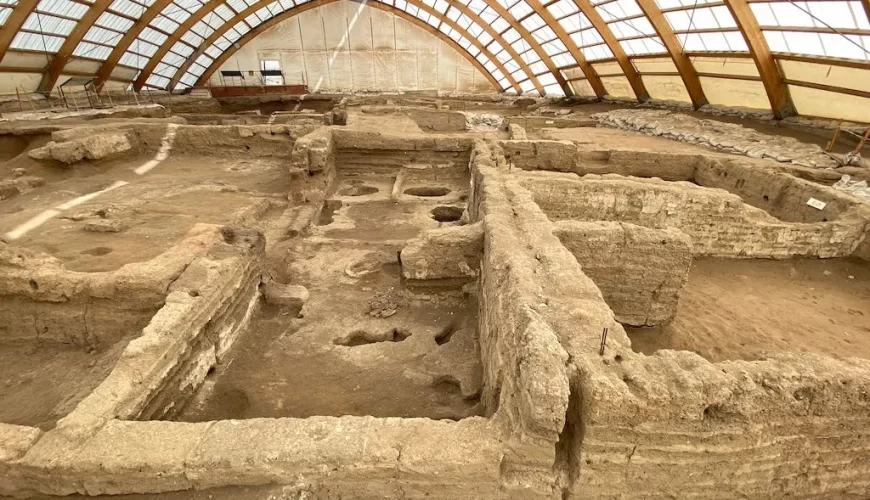
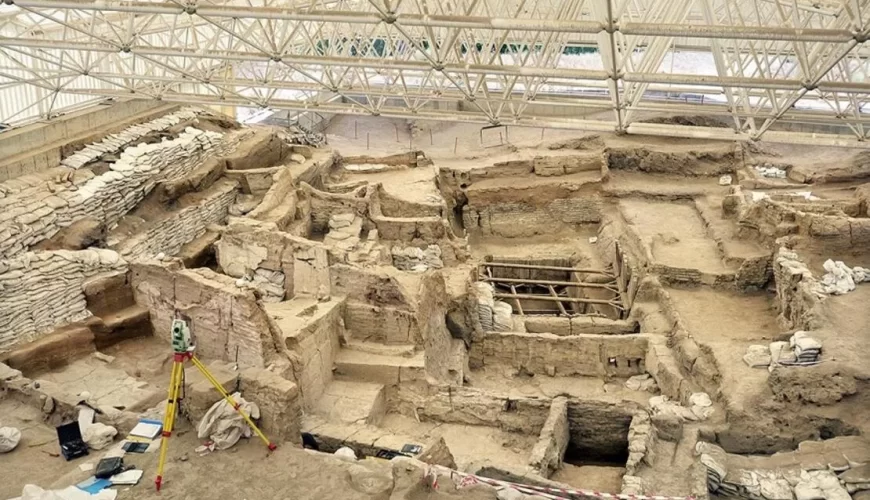
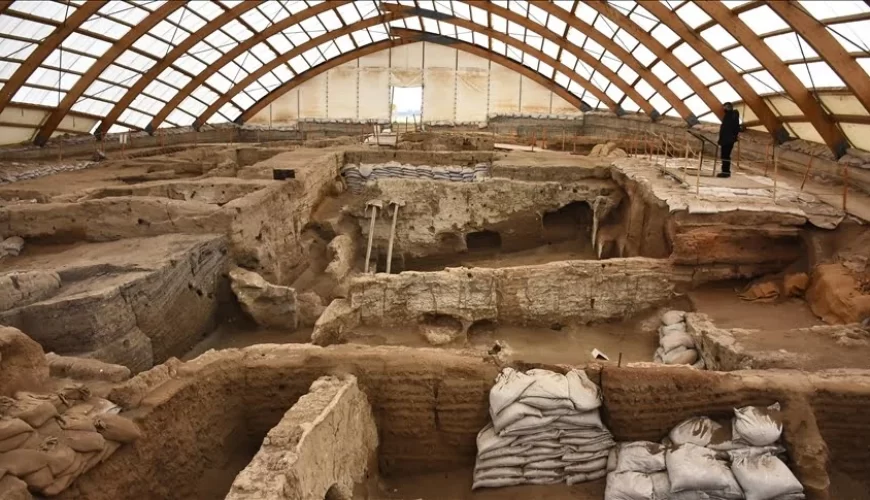


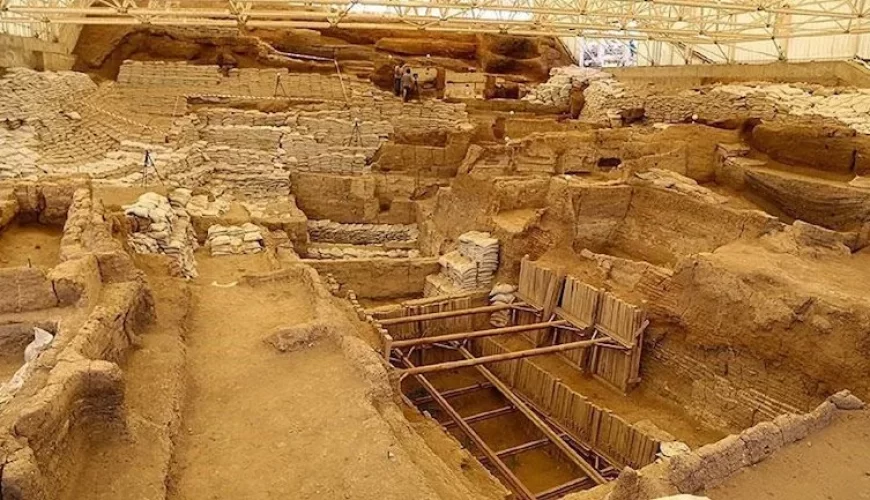
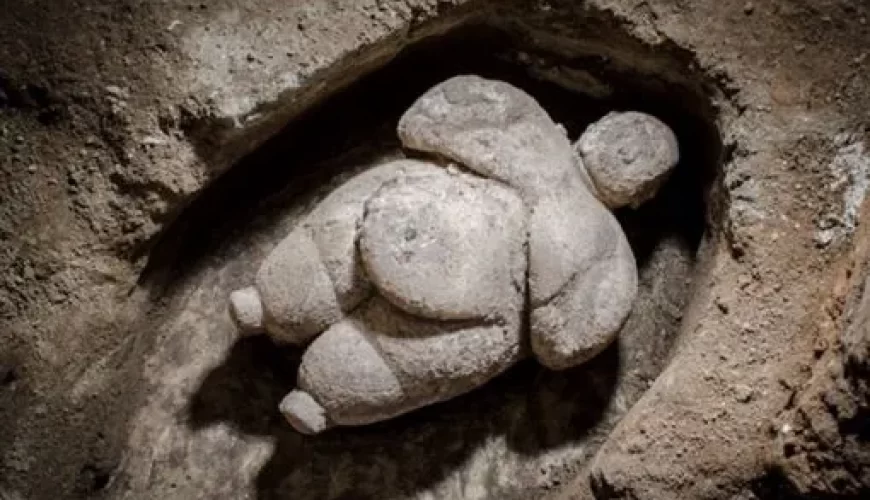
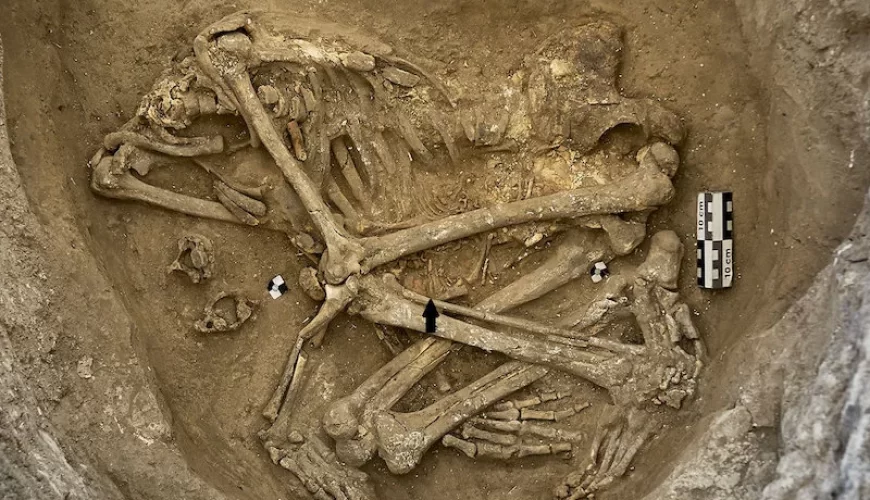
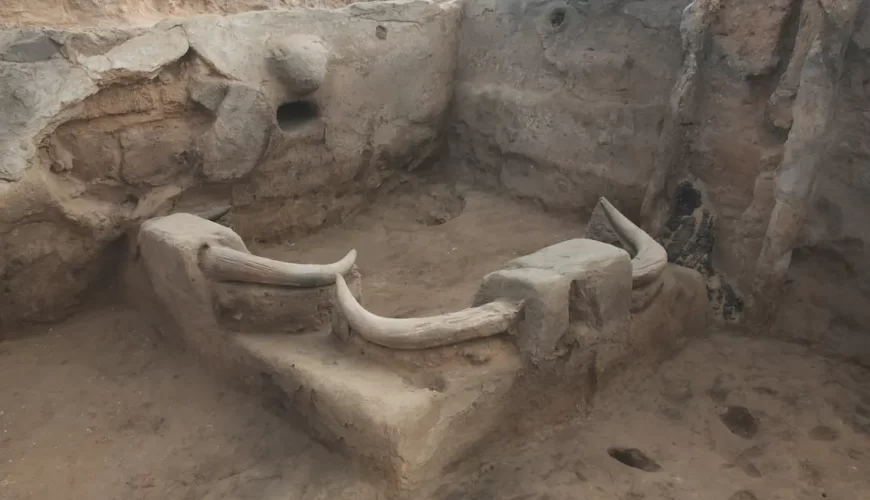
Comment (0)